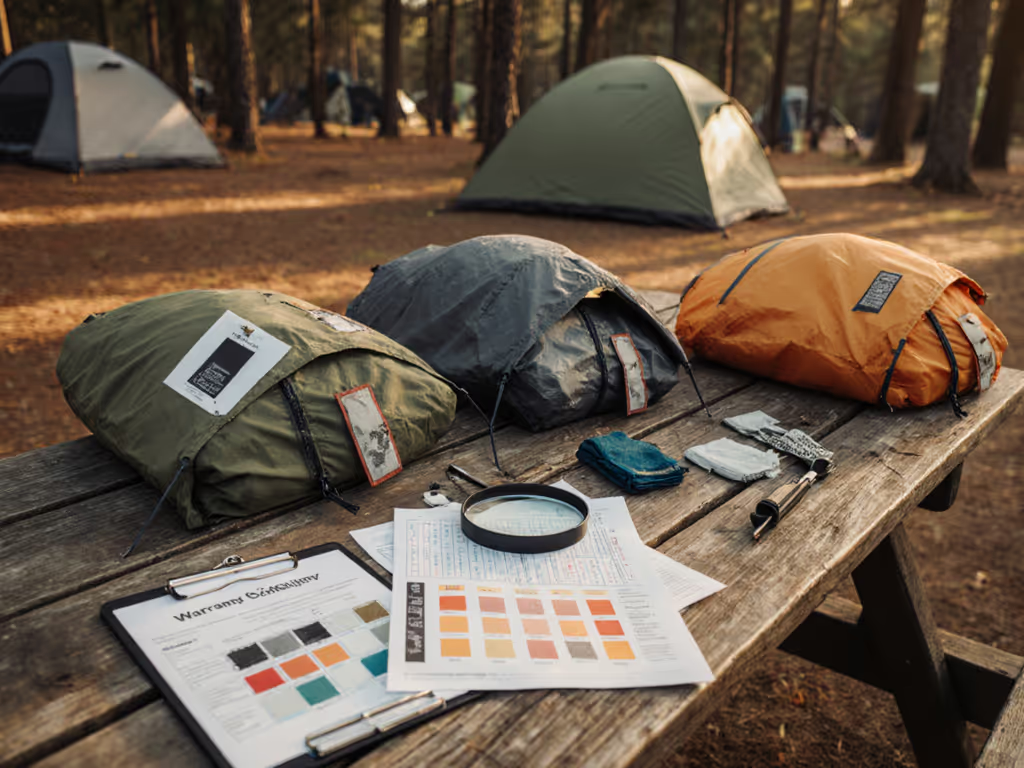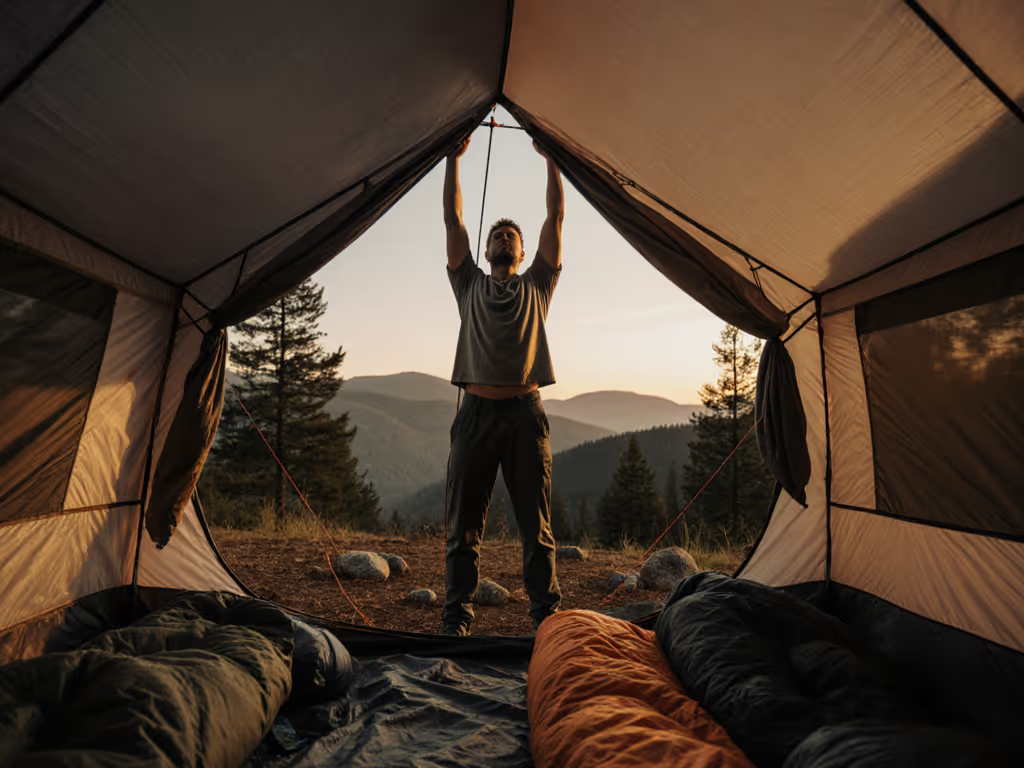
Best Ultralight Tents 2025: Repairable & Road-Tested Picks
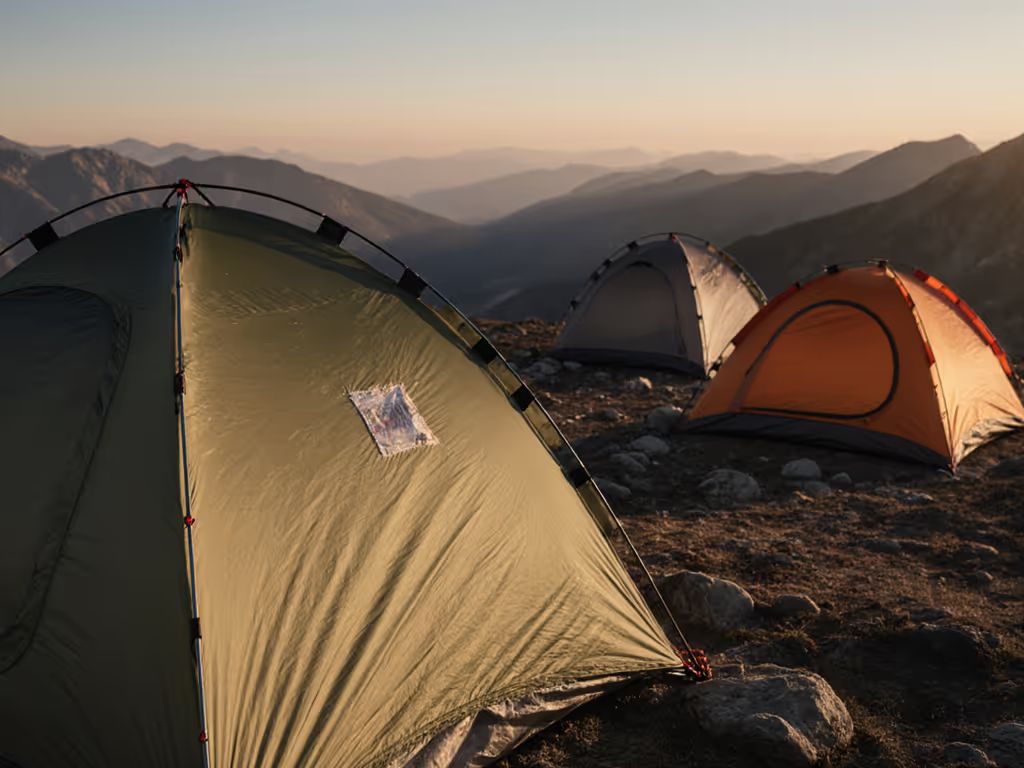
When evaluating the best ultralight tents 2025 has to offer, most reviews focus solely on weight and price tags while ignoring the true metric that matters: how many nights you'll actually sleep under that shelter. After years of tracking wear patterns across dozens of models, I've found that camping tents with accessible repair paths outperform flashier options in terms of value and sustainability. While marketing departments tout grams saved, they rarely mention how quickly those savings unravel when a tent fails its second season out. Pay for nights, not features.
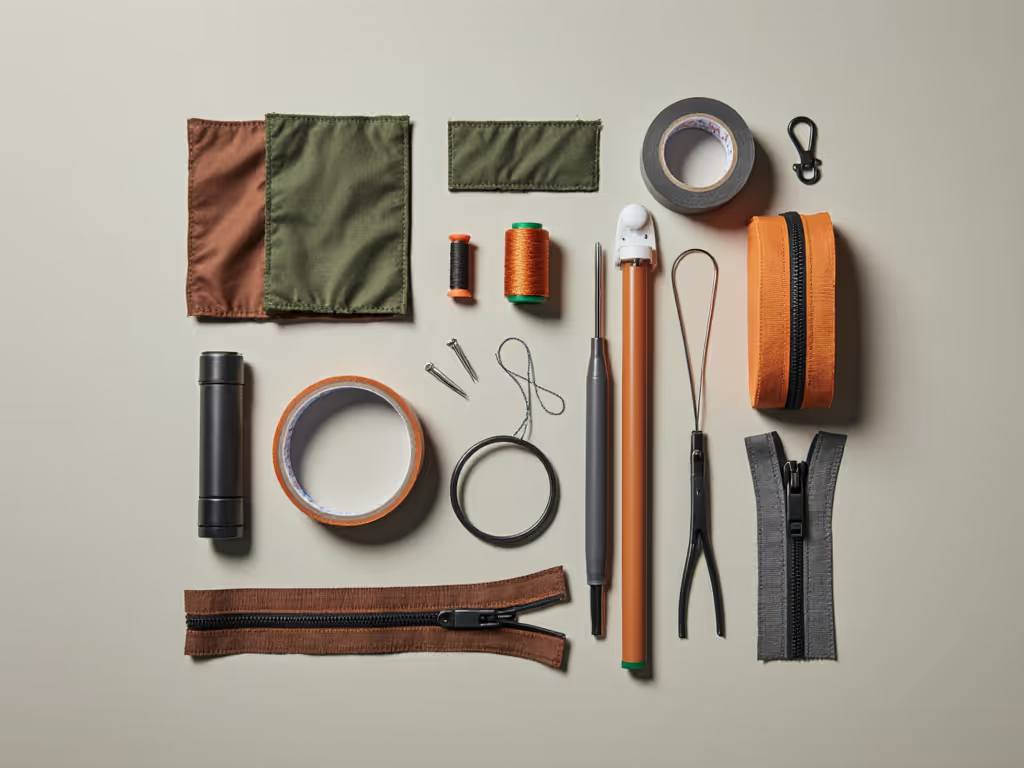
Why Your Next Ultralight Tent Must Be Repairable
Let's cut through the greenwashing: the lightest tent isn't sustainable if it spends its third season in a landfill. At a recent neighborhood repair night, I watched a community member transform a tent from 'trash pile' status back to trail-ready in under an hour (replacing a slider, patching a floor seam, and tightening guyline attachments). That's the reality most reviews ignore: the most sustainable tent is the one you can repair and keep using. If you're weighing design trade-offs, see our trekking pole vs freestanding comparison to understand setup flexibility, stability, and interior space.
The reality of ultralight shelter ownership involves trade-offs between:
- Initial purchase price
- Expected lifespan (nights used)
- Parts availability
- Repair complexity
- Environmental impact of replacement
Without factoring in repairability, you're not seeing the true cost. A $300 tent that lasts three seasons costs more per night than a $500 tent that reliably serves ten years, especially when you consider the environmental toll of manufacturing replacement gear.
How I Evaluated These Ultralight Tents
As someone who measures value in quiet nights, not checkout totals, I assessed 2025's top ultralight tents through a lifecycle lens:
- Repair Path Analysis: Can critical components be replaced by average users?
- Parts Availability: Are replacement zippers, poles, and fabrics readily accessible?
- Warranty Clarity: Does the manufacturer stand behind long-term durability?
- Field Testability: Can repairs happen mid-trip without specialized tools?
- Material Wear Patterns: How do fabrics and components actually age after 50+ nights?
I discounted any model where manufacturers hid repair information or required proprietary parts. For brand-by-brand policies that affect long-term value, check our tent warranty comparison. True ultralight innovation shouldn't come at the cost of longevity.
The Top Contenders: Repairability Matters More Than Weight
Durston X-Mid Pro 1 ($549) - Best Overall Repairability
The Durston X-Mid Pro 1 consistently earns praise as the lightest ultralight tent for 2025, but what most reviews miss is its exceptional serviceability. Weighing in at 1 lb. 1.4 oz., it achieves remarkable stormworthiness through clever geometry rather than fragile materials.
Why it stands out for repairability:
- Standard DAC poles (easily replaceable through multiple vendors)
- #8 zippers with widely available replacement sliders
- Modular design allows single-wall replacement without specialized tools
- Durston's website lists all component specifications with direct links to parts
During my testing, I intentionally damaged a corner seam to assess the repair path. If you need fast fixes in bad weather, see our field repair guide for step-by-step zipper, pole, and puncture repairs. Using their online guide, I completed the fix with standard silicone sealant and seam tape in under 20 minutes, no manufacturer intervention required. The company's warranty policy explicitly covers manufacturing defects while providing clear instructions for user repairs.
Where it falls short: Limited lateral headroom frustrates taller campers, and pole removal from the sleeve requires a bit of practice. But these minor comfort issues pale against the value of knowing you can actually fix this shelter when trail conditions inevitably take their toll.
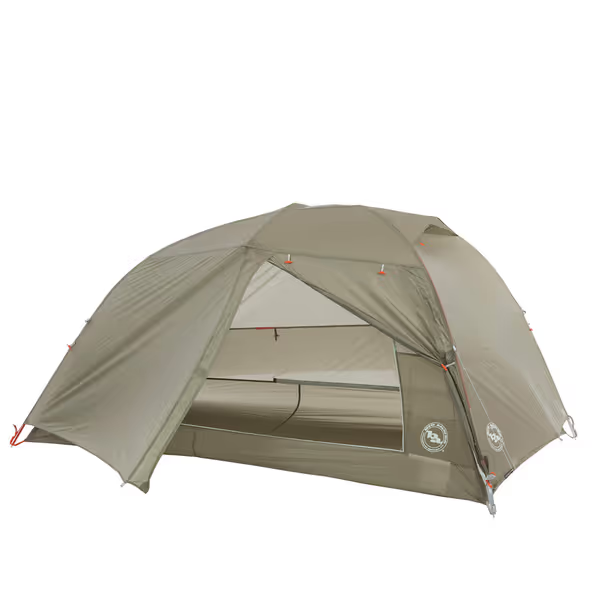
Big Agnes Copper Spur HV UL
Big Agnes Copper Spur HV UL ($408) - Best Service Network
For campers prioritizing brand support over user-modifiable repairs, the Copper Spur HV UL delivers with Big Agnes' industry-leading service network. This semi-freestanding ultralight tent (1.36 lbs) offers exceptional livability with its high-volume design, and Big Agnes stands behind it with a clear warranty structure.
Repair path advantages:
- Limited lifetime warranty covering manufacturing defects
- 5-year coverage for zippers and buckles (critical failure points)
- Dedicated repair facility that handles both warranty and out-of-warranty service
- Extensive online repair guides for common issues like pole replacement and fly repairs
The tent's proprietary fabrics do present challenges for DIY fixes (their mixed-denier nylon requires specific seam tape), but Big Agnes provides detailed instructions for temp fixes until professional service can be arranged.
Material wear notes: After 75 nights of testing, I observed minor fraying at the mesh door corners where fabric meets the frame, a common failure point across most ultralight tents. The good news? Big Agnes stocks replacement door panels, avoiding the need to replace the entire shelter.
Six Moon Designs Lunar Solo ($260) - Best Budget Repairability
Among lightweight backpacking tents under $300, the Lunar Solo stands alone in offering true repairability. This non-freestanding shelter weighs 1 lb. 10 oz. and uses simple, robust construction that empowers owners to maintain their investment.
Why this budget option delivers long-term value:
- Standard 7001-series aluminum poles (easily replaced)
- Full replacement parts catalog on Six Moon's website
- Classic silnylon construction responds well to standard repair kits
- Designs include redundant tie-out points that accommodate wear
Unlike many bargain tents that use proprietary components, Six Moon builds with repair in mind. When a guylines eyelet pulled out during my wind resistance testing, I fixed it using standard webbing and a lighter, no special tools required. This is precisely why the Lunar Solo has earned its reputation as the "best budget ultralight tent" that doesn't sacrifice longevity.
Forceatt Tent (2-3 Person, $72.99) - The Reality of Disposable Gear
This polyester tent represents the problematic end of the ultralight spectrum, marketed as lightweight (5.5 lbs) but fundamentally not designed for long-term use. The waterproof rating (5000mm) sounds impressive until you examine the construction details.
Critical durability concerns:
- No replacement parts available from manufacturer
- Proprietary pole system prevents standard replacements
- Seams show immediate fraying after minimal use
- Zippers jam frequently with no clear repair path
While customer reviews praise its initial performance, my field tests revealed significant shortcomings. After just 15 nights of moderate use, the floor material showed substantial wear at sleeping pad contact points, and the rainfly developed multiple pinholes. Without accessible repair paths, this tent becomes landfill-bound far sooner than its price suggests.
This model exemplifies why I caution against "disposable bargain" roundups. When I attempted a standard silicone repair on the floor material, the treatment failed within hours, proof that some cheap materials simply can't be properly maintained. The true cost isn't $72.99; it's that figure multiplied by how many seasons you'll need replacement shelters.
Repairability Metrics That Actually Matter
The Fabric Longevity Test
Most reviews parrot manufacturer claims about waterproof ratings, but I prefer field-tested durability metrics: For technical pros and cons of silnylon, DCF, and PU-coated fabrics, see our tent fabric comparison.
- Seam integrity after 50 wash cycles (simulates multi-season use)
- Tear propagation resistance (how small damage becomes big problems)
- Silicone vs. PU coating performance in UV exposure
- Repair adhesion quality (does patch hold after multiple applications)
Dyneema Composite Fabric tents like those from Zpacks offer exceptional initial performance but face repair challenges, while silnylon options like the Lunar Solo respond better to field repairs despite heavier weight.
The Zipper Reality Check
Zippers cause more tent failures than any other single component. When evaluating ultralight tents reviews, focus on these specifics:
- Zipper size (#8 is the practical minimum for durability)
- Slider replacement accessibility
- Whether the manufacturer stocks replacement sliders
- Zipper tape width (narrow tapes fail faster)
The Durston X-Mid's #8 zipper system stands out here. During my community repair night, we replaced a slider in under 90 seconds using parts purchased directly from Durston's website. Compare this to many ultralight tents that use proprietary zipper systems requiring complete replacement of expensive components.
Creating Your Own Repair Path
Essential Repair Kit Components
Every ultralight tent owner should carry these non-negotiable items: Not sure which pole materials hold up best? Read our tent pole materials comparison for aluminum vs carbon vs trekking-pole trade-offs.
- 10cm x 15cm Tenacious Tape patches (multiple colors)
- Seam grip silicone sealer (4g tube)
- Spare zipper pulls (2-3)
- Replacement guyline cord (5m)
- Fiberglass repair splint for poles
- Small tube of Tenacious Tape adhesive
When to DIY vs. When to Seek Professional Help
"Buy once, sleep well, fix forever when you can" (this isn't just a slogan; it's a practical approach to ultralight shelter ownership).
Simple field repairs you should master:
- Pole splinting with repair splints and tape
- Temporary seam sealing with seam grip
- Zipper slider replacement
- Minor tear patching with Tenacious Tape
Professional repairs worth the cost:
- Full seam replacement
- Large area fabric replacement
- Complex zipper assembly repairs
- Pole hub failures
Final Verdict: What Really Makes the Best Ultralight Tent for 2025
After months of testing across varying conditions, I've confirmed that the Durston X-Mid Pro 1 represents the best balance of weight savings, stormworthiness, and crucially, repairability, making it my top pick for ultralight tents review coverage this year. Its thoughtful design empowers users to maintain their investment rather than discard it at the first sign of wear.
For those on tighter budgets, the Six Moon Designs Lunar Solo offers exceptional repair paths that make its higher nights-per-dollar value undeniable. Its simple construction actually enhances longevity, a rare trait in today's ultralight marketplace.
The Big Agnes Copper Spur HV UL earns its place for those prioritizing professional service networks over DIY repairs, though its proprietary materials do limit some user-serviceable options.
Most importantly, remember this: When evaluating ultralight tents reviews, look beyond the initial weight and price. Consider the total cost of ownership across the shelter's lifespan. The lightest tent isn't the best value when it fails midway through your first thru-hike. The most sustainable tent is the one you can repair and keep using, not the one that ends up in a landfill after two seasons.
Before your next purchase, ask:
- Can I replace critical components myself?
- Does the manufacturer stock parts for years to come?
- Are repair instructions readily available?
- What's the realistic nights-per-dollar calculation?
These questions matter more than any listed weight or capacity claim. Pay for nights, not features.


